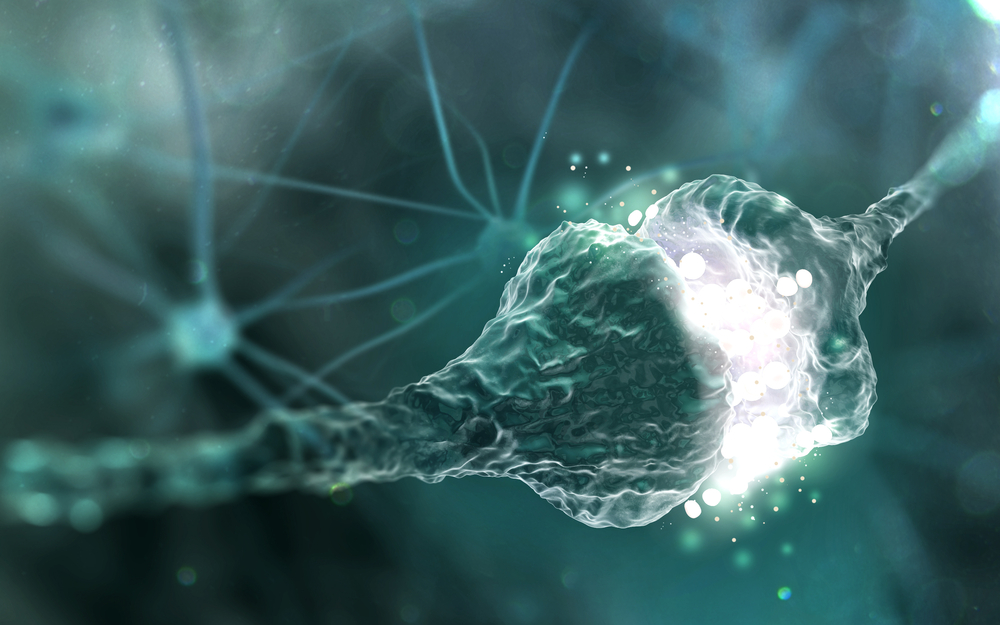Saving Brain Connections by Targeting Synaptic Proteins May Treat Alzheimer’s, Study Finds
Written by |

Proteins in nerve cell synapses, which transmit signals between neurons, are abnormal in the brains of patients with Alzheimer’s disease and other dementias, Swedish researchers concluded after performing a large-scale analysis of synaptic proteins in patients’ brains.
By studying these flaws, researchers could distinguish between Alzheimer’s patients and those with Parkinson’s disease dementia.
A loss of synapses is tightly linked to cognitive decline in dementia. Therefore, the research team at Karolinska Institutet thinks that it may be possible to design treatments that prevent this loss by targeting the identified proteins — thereby preventing or slowing cognitive loss.
Their study, “Synaptic markers of cognitive decline in neurodegenerative diseases: a proteomic approach,” appeared in the journal Brain. It included 32 patients who had died from Alzheimer’s, Parkinson’s disease with dementia, and dementia with Lewy bodies, as well as older adults without dementia.
Researchers studied the prefrontal cortex — a brain region heavily involved in cognition. The team performed a so-called proteomic analysis, comparing proteins in the brains of patients and healthy people. They identified 10,325 proteins, of which 851 had functions within synapses.
Among these, they pinpointed 25 proteins that were found in either higher or lower than normal amounts. They then validated these changes on a larger group of 92 brain samples.
They noted that the levels of a handful of proteins were strongly linked with the extent of cognitive impairment before death and the rate of cognitive decline. Researchers saw specific abnormalities in Alzheimer’s disease, setting them aside from patients with dementia caused by Parkinson’s.
“Our findings suggest that particular pre- and postsynaptic proteins have an important predictive and discriminative molecular fingerprint in neurodegenerative diseases and represent potential targets for early disease intervention, such as synaptic regeneration,” Dr. Erika Bereczki said in a press release.
The study is the first to perform such a large-scale analysis of protein changes across several types of dementia. Such analyses have become easier with technological advances.
“Our results suggest shared [disease] mechanisms, with major implications for prognostic and diagnostic marker development as well as advancing future therapeutic interventions for improving the disease course,” said Bereczki, explaining that synaptic proteins may also be targeted when dementia symptoms appear.
Researchers agree that current treatments targeting amyloid beta and tau protein aggregation should be used at very early disease stages.
“This places synaptic dysfunction and repair approaches in the spotlight of attention, especially since the therapeutic intervention window for synaptic repair and regeneration is longer than the recent toxin-clearance approaches,” Bereczki said.





